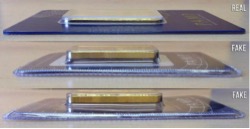
Several years ago I wrote an article for PawnLink.org that highlighted the growing frequency our pawnbroker customers were being exposed to and taken advantage of with fake bullion and replica coins. Many of these defrauded, poured, and extruded Precious Metal investment pieces started out as legitimate bullion products coming from reputable refineries and banks. Scammers would drill out actual Gold or Silver from these pieces and back-fill them with materials like Lead or Tungsten rods. Eventually, we began seeing scammers implementing higher levels of skill to produce replica coins and bullion through minting, electroplating, and even cladding over low value base metal to look like authentic precious metal currencies and investment bullion.
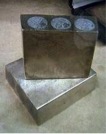
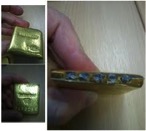
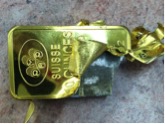
Pawnbrokers, coin dealers, jewelers and other second hand buyers became better trained on ways to identify many of the fake pieces coming in off the street using scratch and acid testing, cutting bars and coins in half, using templates (The Fisch) to measure diameter and thickness and even rudimentary electronic gold testing instruments to minimize their exposure of being the victims of fraud.
It appears these metal plagiarists have brought their counterfeiting sophistication to new levels by mimicking encased certified bullion collectables. Most often produced in Asia and typically marketed through websites like EBay and Alibaba, the counterfeiters have been able to produce alloys that can often fool some of the newer electronic instruments that have been developed to minimize one’s exposure to making a bad purchase or loan. With the perception that certified “slabbed” coins bring higher resale value than their loose counterparts, most pawnbrokers and coin dealers are reluctant to tamper with the plastic card certs or hard clamshell enclosures to do the proper verification of the metal inside. Most pawn associates lack the advanced numismatic knowledge to detect flaws in the substandard relief of the minting, off color, or detail to the edge reeds among other clues. Additionally, there may be characteristics of the casings that may help identify a fake like air bubbles trapped under the hologram sticker, differences in the quality of the labels’ printing or deficiencies in the edges of the encasement. Often with card mounted bars one can spot a fake by simply becoming familiar with what the proper thickness of the actual ingot itself should be. The picture below shows the kind of glaring differences between the thickness of a real Fine Gold bar vs. a plated replica.
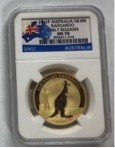
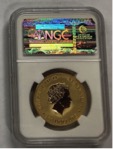

Coin certification agencies like NGC and PCGS provide free authentification of their certified products; however, this requires one to ship the item back to that specific certifying agency for this service. To do this makes the likihood for a dealer to secure an on-the-spot purchase much more difficult and often results in lost business or upsetting customers looking to sell legitimate items. Companies that manufacture instruments to detect illegitimate bullion (Sigma Metalytics Precious Metal Verifier Pro) continue to evolve their technology to keep up with the producers of fake bullion products. These instruments have the ability to provide verification of authenticity even through the thick plastic casings of sealed coins and bars, but they are not inexpensive and still require the operator to be well versed on it’s use and limitations.
Is there a simple answer on how to protect yourself from being the victim of fake bullion flooding the market 100% of the time? Absolutely not. You might consider adjusting your purchase offer of slabbed or carded bullion to reflect scrap or loose coin values, enabling you to remove the metal from their encasements (with the customer’s approval) to do more diligent testing of the metal. There are a multitude of Youtube videos (Mike from Market Harmony - Millvale, PA) and articles written in coin publications and Internet chat forums frequented by knowledgable pawnbrokers (Jaime Smith from Allied Pawn - Dubuque, IA) and experts in the field of numismatics that address this growing problem. At this point the best approach is to utilize the most current technology available and committ to continuous numismatic training for yourself and your employees to minimize potential exposure.





